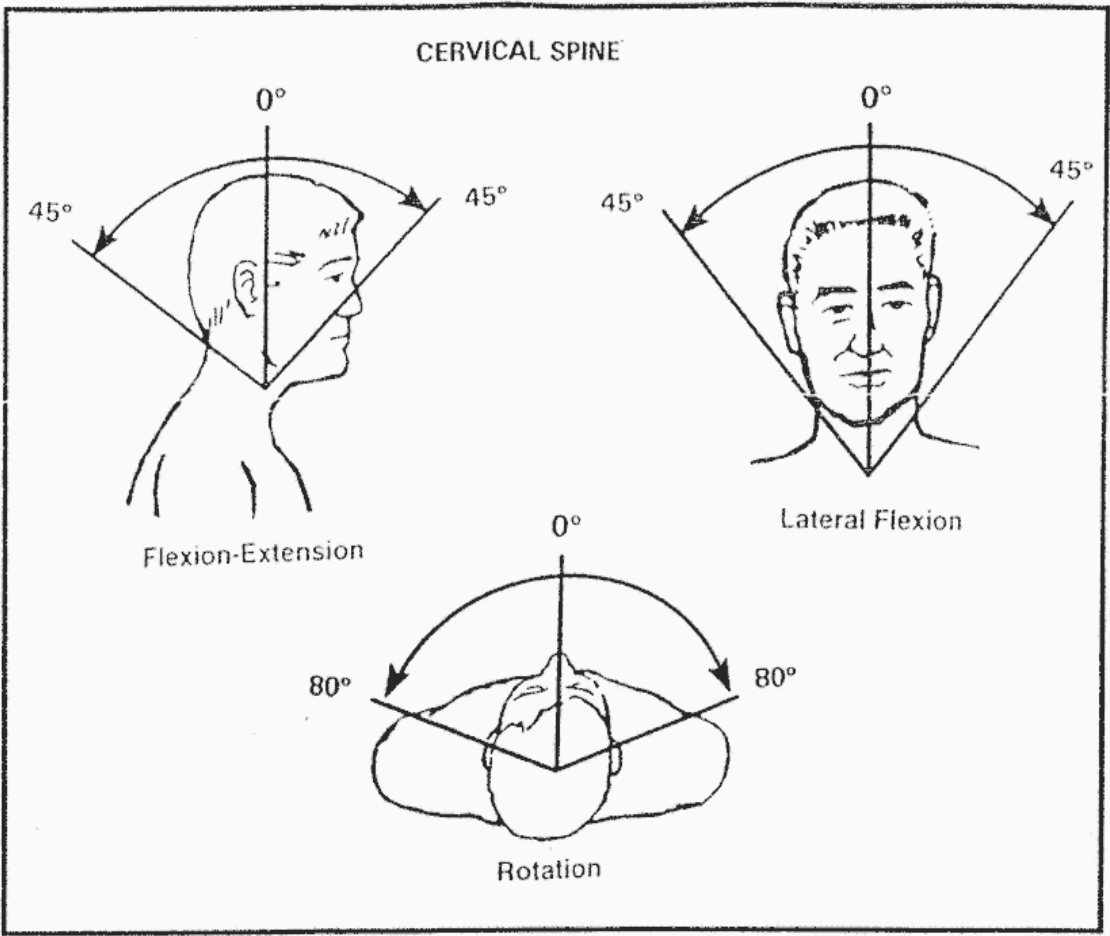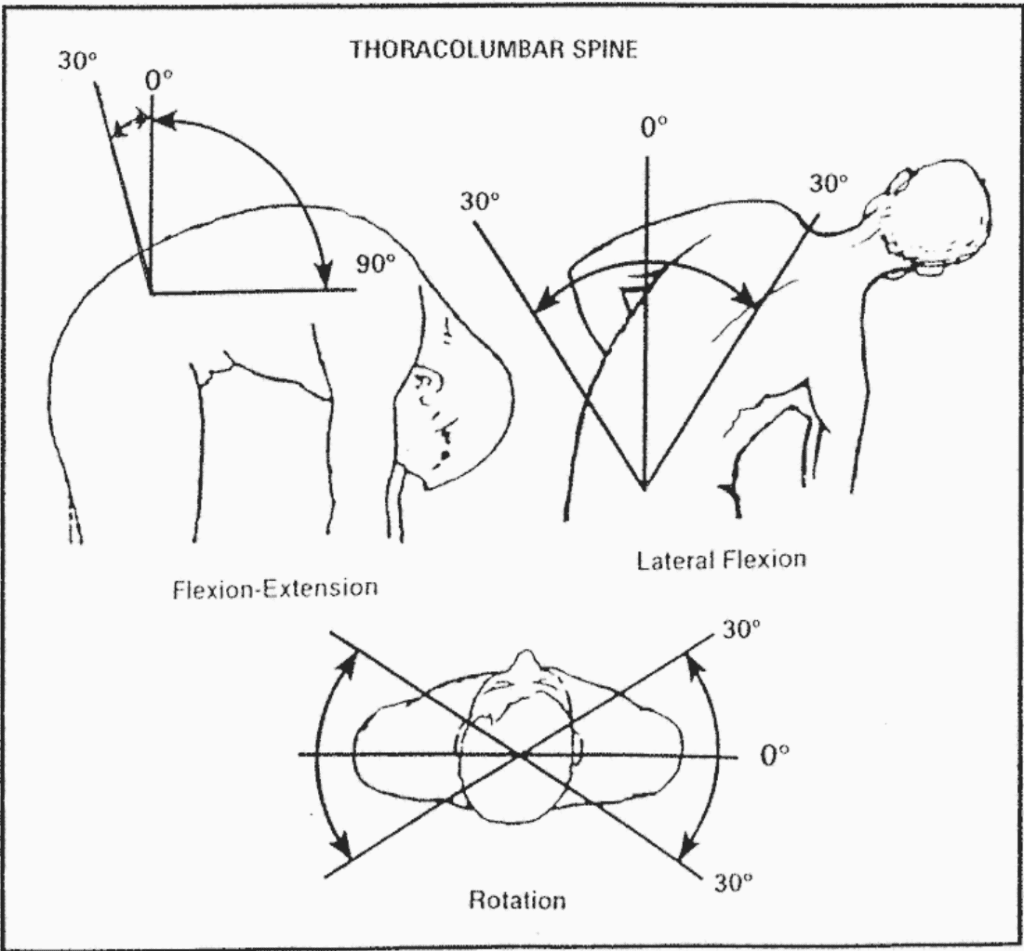Looking for Expert-Level VA Claim Answers?📱Call Us Now! 737-295-2226
Veterans with back issues that were caused or made worse by their active-duty military service could receive a VA disability rating for back problems ranging from 10% to 100% with breaks at 20%, 30%, 40%, and 50%.
The highest scheduler VA disability for back pain rating is 100%, which means your entire spine is frozen in an unfavorable position.
How Do I Get VA Disability for Back Pain?
Back pain is rated under the General Rating Formula for Diseases and Injuries of the Spine & Back from 10% to 100%.
Your final VA rating for back pain is based on the following factors:
- The medical diagnosis: The exact name of the medical diagnosis of your back issues can impact your VA rating.
- The “Nexus” for service connection: This is the link or connection between your back problems and your active-duty military service or the disability that caused or made your back issues worse for secondary service connection.
- The severity of symptoms: These are measured in terms of Frequency (how often), Severity (how bad), and Duration (how long).
- Limitation of range of motion (ROM): This will be measured by a Goniometer during your C&P exam for back.
- Functional loss of the back: The inability, due to damage or infection in parts of the system, to perform the normal working movements of the body with normal excursion, strength, speed, coordination, and endurance.
- Painful motion: Because of the VA’s painful motion principle, regardless of limitation of range of motion, if pain is present, the claimant should at least be awarded the minimum compensable level of disability for the back.
>> Read the C&P Exam Guide for Spine and Back VA Ratings
What is the VA Disability Rating for Back Problems?
The VA uses the General Rating Formula for the Spine and Back (from 0% to 100%) to rate most back conditions (spine, lower, mid, and upper back, and painful motion), including the following Diagnostic Codes (DCs) from CFR Title 38, Part 4, the Schedule for Rating Disabilities:
- DC 5235, Vertebral fracture or dislocation
- DC 5236, Sacroiliac injury and weakness
- DC 5237, Lumbosacral or cervical strain
- DC 5238, Spinal stenosis
- DC 5239, Spondylolisthesis or segmental instability
- DC 5240, Ankylosing spondylitis
- DC 5241, Spinal fusion
- DC 5242, Degenerative arthritis, degenerative disc disease other than intervertebral disc syndrome (also, see either DC 5003 or 5010)
- DC 5243, Intervertebral disc syndrome: Assign this diagnostic code only when there is disc herniation with compression and/or irritation of the adjacent nerve root; assign diagnostic code 5242 for all other disc diagnoses.
| General Rating Formula for Diseases and Injuries of the Spine & Back | VA Rating |
|---|---|
| Important: Use this rating formula for Diagnostic Codes (DCs) 5235 to 5243 unless 5243 is evaluated under the Formula for Rating Intervertebral Disc Syndrome Based on Incapacitating Episodes. With or without symptoms such as pain (whether or not it radiates), stiffness, or aching in the area of the spine affected by residuals of injury or disease rate as follows: | |
| Unfavorable ankylosis of the entire spine | 100% |
| Unfavorable ankylosis of the entire thoracolumbar spine | 50% |
| Unfavorable ankylosis of the entire cervical spine; or, forward flexion of the thoracolumbar spine 30 degrees or less; or, favorable ankylosis of the entire thoracolumbar spine | 40% |
| Forward flexion of the cervical spine 15 degrees or less; or, favorable ankylosis of the entire cervical spine | 30% |
| Forward flexion of the thoracolumbar spine greater than 30 degrees but not greater than 60 degrees; or, forward flexion of the cervical spine greater than 15 degrees but not greater than 30 degrees; or, the combined range of motion of the thoracolumbar spine not greater than 120 degrees; or, the combined range of motion of the cervical spine not greater than 170 degrees; or, muscle spasm or guarding severe enough to result in an abnormal gait or abnormal spinal contour such as scoliosis, reversed lordosis, or abnormal kyphosis | 20% |
| Forward flexion of the thoracolumbar spine greater than 60 degrees but not greater than 85 degrees; or, forward flexion of the cervical spine greater than 30 degrees but not greater than 40 degrees; or, combined range of motion of the thoracolumbar spine greater than 120 degrees but not greater than 235 degrees; or, combined range of motion of the cervical spine greater than 170 degrees but not greater than 335 degrees; or, muscle spasm, guarding, or localized tenderness not resulting in abnormal gait or abnormal spinal contour; or, vertebral body fracture with loss of 50 percent or more of the height | 10% |
| Evaluate intervertebral disc syndrome (preoperatively or postoperatively) either under the General Rating Formula for Diseases and Injuries of the Spine or under the Formula for Rating Intervertebral Disc Syndrome Based on Incapacitating Episodes, whichever method results in the higher evaluation when all disabilities are combined under §4.25. | |
VA Back Pain Rating with Limitation of Range of Motion Examples
Here’s how the C&P examiner should measure your cervical spine (neck) limitation of range of motion (ROM):

Here’s how the C&P examiner should measure your thoracic spine (middle section of the back) limitation of range of motion (ROM):

What is the VA Rating for Intervertebral Disc Syndrome?
| Intervertebral Disc Syndrome VA Ratings Based on Incapacitating Episodes | VA Rating |
|---|---|
| With incapacitating episodes having a total duration of at least 6 weeks during the past 12 months | 60% |
| With incapacitating episodes having a total duration of at least 4 weeks but less than 6 weeks during the past 12 months | 40% |
| With incapacitating episodes having a total duration of at least 2 weeks but less than 4 weeks during the past 12 months | 20% |
| With incapacitating episodes having a total duration of at least one week but less than 2 weeks during the past 12 months | 10% |
| Note (1): For purposes of evaluations under diagnostic code 5243, an incapacitating episode is a period of acute signs and symptoms due to intervertebral disc syndrome that requires bed rest prescribed by a physician and treatment by a physician. | |
| Note (2): If intervertebral disc syndrome is present in more than one spinal segment, provided that the effects in each spinal segment are clearly distinct, evaluate each segment on the basis of incapacitating episodes or under the General Rating Formula for Diseases and Injuries of the Spine, whichever method results in a higher evaluation for that segment. |
About the Author

Brian Reese
Brian Reese is a world-renowned VA disability benefits expert and the #1 bestselling author of VA Claim Secrets and You Deserve It. Motivated by his own frustration with the VA claim process, Brian founded VA Claims Insider to help disabled veterans secure their VA disability compensation faster, regardless of their past struggles with the VA. Since 2013, he has positively impacted the lives of over 10 million military, veterans, and their families.
A former active-duty Air Force officer, Brian has extensive experience leading diverse teams in challenging international environments, including a combat tour in Afghanistan in 2011 supporting Operation ENDURING FREEDOM.
Brian is a Distinguished Graduate of Management from the United States Air Force Academy and earned his MBA from Oklahoma State University’s Spears School of Business, where he was a National Honor Scholar, ranking in the top 1% of his class.



